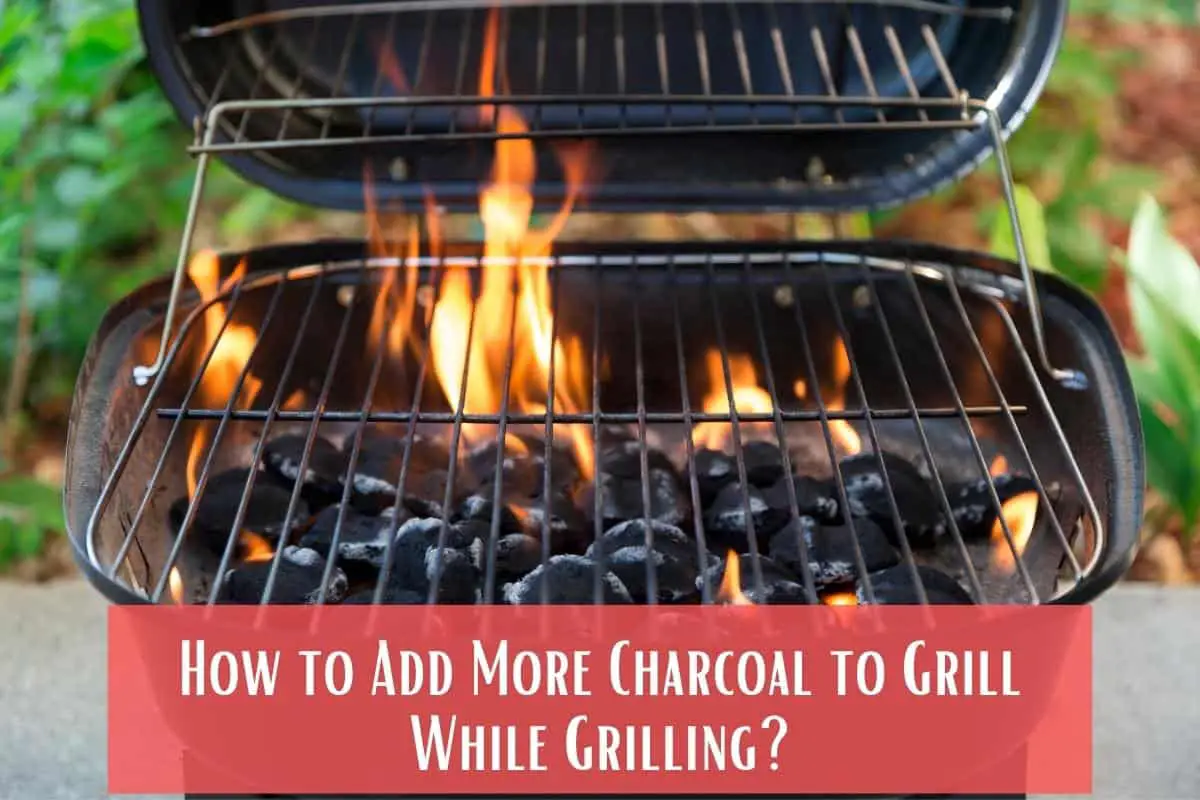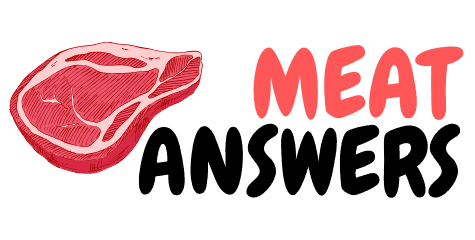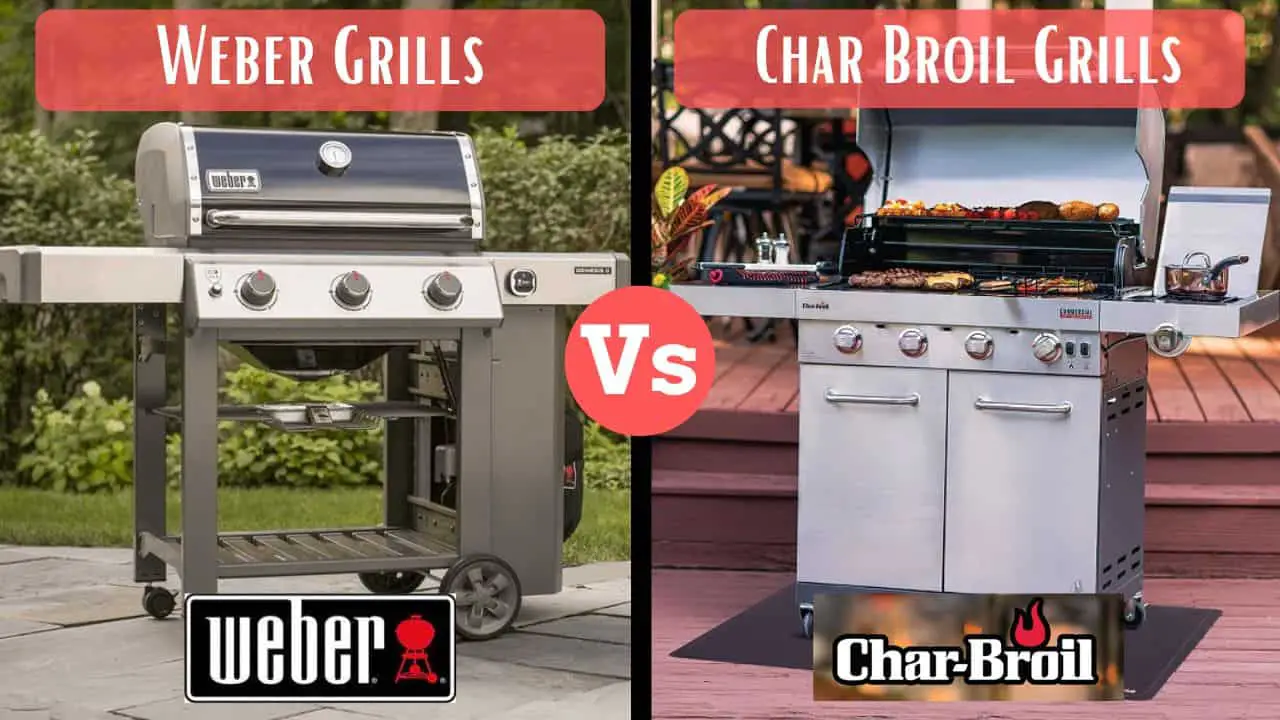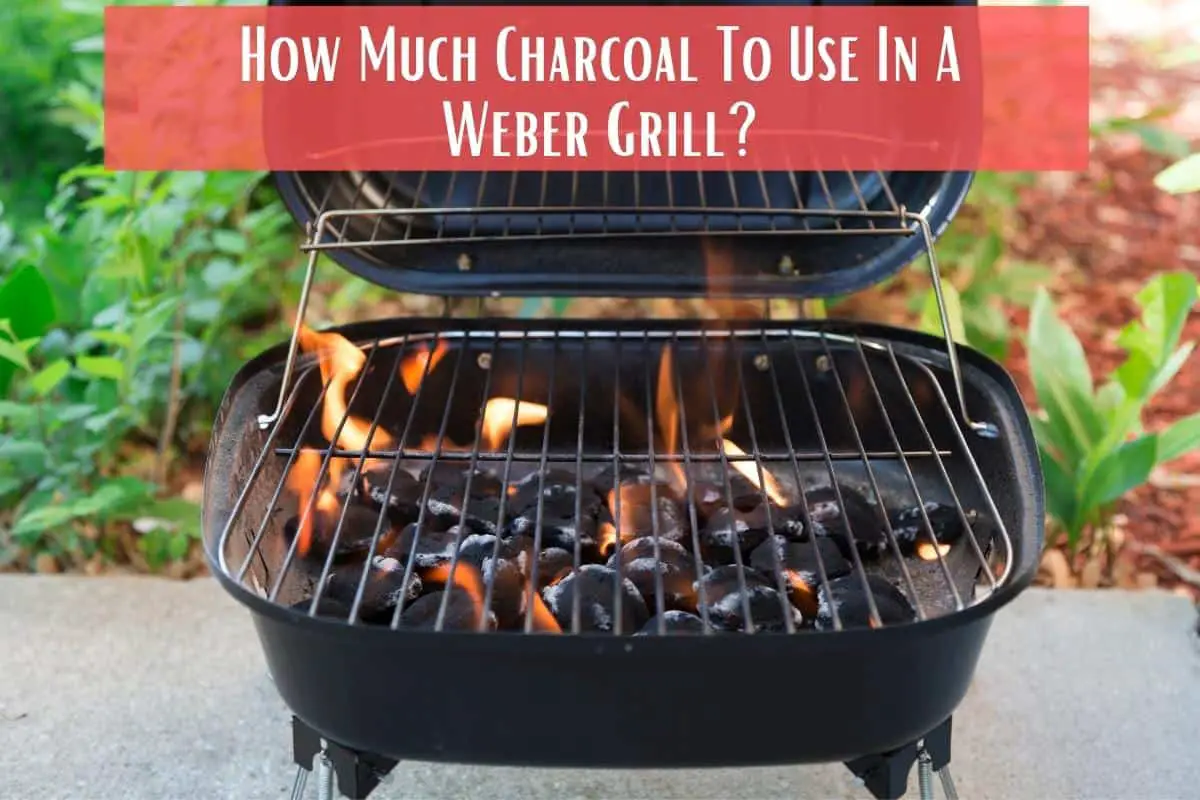Multiple times, I’ve watched people give up on handling a charcoal grill altogether because they didn’t know how to properly operate it. I had the same problem once and I was sort of nervous since the heat simmered down but my meat wasn’t even done halfway. Nerve-wracking, I know.
However, I didn’t throw the charcoal grill away to never use it again. In fact, one of my favorite grills for barbecuing is the charcoal grill because you can just add more charcoal to the grill if the charcoal that’s burning isn’t giving you the temperature you want – at any time.

Let’s not go on a hunch here, and let me provide you with every bit of information you need on how to add more charcoal to grill while cooking.
Table of Contents
- 1 Can you Add More Charcoal While Grilling?
- 2 How To Add More Charcoal to the Grill While Grilling?
- 3 Does More Charcoal Mean More Heat?
- 4 Can you put New Charcoal on Top of the Old Ones?
- 5 How Much New Charcoal Should You Add Over Old Ones?
- 6 How Often Should You Add More Charcoal to the Grill?
- 7 How Long Does it Take For Newly Added Charcoal to Ignite?
- 8 How Do You Spread Out Charcoal in A Grill?
Can you Add More Charcoal While Grilling?
It’s no surprise that when you barbecue with a charcoal grill, the charcoal that is still burning might just pacify and leave you with uncooked meat. So the best solution for this? Yes, adding more charcoal to the grill – which in fact you may do so as your heart pleases.
But it’s not all straightforward since sometimes adding more charcoal can lift up what’s left of the heat from the charcoal that’s still burning inside. So you need to tread cautiously here since playing with fire is in no way a laughing matter.
Although, if you’re not utilizing quick light charcoal (charcoal that’s super easy to set on fire) then you’re probably good to dump some unlit charcoal directly onto the grill. Let’s see the steps you need to take and answer your “how to add more charcoal to grill while cooking?”.
How To Add More Charcoal to the Grill While Grilling?
All in all, there are 2 general methods to apply charcoal to the grill while you’re still barbecuing. These methods both work great, and it’s a matter of preference when choosing which method you should go for and what charcoal you’re using.
The charcoal you’re using shouldn’t be the ones that light up really fast. This is because they have chemical supplements inside the charcoal so they can light up and start burning in the blink of an eye. Nobody wants chemicals that have a bad effect on your meat, veggies, and overall well-being.
It is usually ideal for you to use briquettes or charcoal which is fully organic and natural. So it’s safe to say that lump briquettes or lump charcoals work best for adding them inside your grill while you’re still cooking.
Before you add any charcoal into the grill itself, you need to take precautions to not damage or just drop the meat that’s still on the grill. If it’s a grill that has a single-piece grill grate, you need to carefully remove the whole grill grate with the meat still on the grate. This is best done if you have sturdy hands, if not, then remove the meat from the grate using grill tongs, put it on a plate, and then carefully remove the grate so that you can put it in your charcoal.
If you have a two-part grill grate, move the meat onto one of the grates so that you can lift the other grate that hasn’t got any meat on it while cautiously putting charcoal in it.
Grill tongs and fireproof gloves are a must for both practices to avoid getting severely burned.
Now that we’ve settled on what charcoal you need for these 2 methods to work, let’s see what exactly those methods are and how you can make the most of them.
Method 1 – Using pre-lit Charcoal (Chimney Starter Method)

The most applicable technique for adding more charcoal to the grill while you’re cooking is the chimney starter method. For this, you’ll need a… Yup, chimney starter – which you can buy from your local grill store. Having long-enough grill thongs also might come in handy, and definitely some fireproof gloves while you’re at it.
All you have to do is fire up a handful of briquette lumps of charcoal into the chimney starter. Then, after they’re all lit up, carefully dump them over your current coals in the grill and distribute them evenly with your grill thong.
And if you’re that kind of grilling fanatic and you’re planning on grilling for hours, place some unlit briquettes or charcoals directly in the chimney starter while the temperature starts to diminish. Having ready-made charcoal or briquettes in the chimney starter will help you gradually sustain and spread the temperature while you’re cooking.
Method 2 – Utilizing Non-lit Briquettes or Charcoal
The second handy method of adding lumps of charcoal or briquettes while you’re still grilling is using non-lit charcoal. For this, you’ll definitely need your fireproof gloves on at all times since you ought to delicately detach the meat and the grate. Then, you need to start spreading the charcoal or briquettes on a single layer uniformly over the pre-burning charcoal in the grill.
There’s no way you will wait for a long time until the non-lit charcoal starts burning with its brethren. But if you’re the type of guy or girl that’s more eager and want to be more time-efficient, you can shut the lid and release the vents to let some additional airflow until they start burning.
A pro-tip is not to dump the non-lit charcoal in a single pile into the grill. Using your designated grill thongs to spread them out is the way you ought to spread the charcoal evenly. This method works for longer grilling sessions also. You just need to place around 3 to 4 briquettes every 15 to 30 minutes into the grill, which will enable you to also regulate the heat of your briquettes and smoke.
Does More Charcoal Mean More Heat?
Now that you’ve managed to add more charcoal into the mix while you’re cooking, you’re probably wondering whether adding more inside will instigate more heat release.
Well, the answer to that question is – it depends…
This is because if you’re adding too many lump briquettes that are not lit properly, it will be the other way around. Meaning that it’ll surely cool down the grill since there will be more non-burned charcoal instead of the burned ones. But this will of course last a couple of moments, and when they begin to scorch – you’ll definitely receive way hotter temperatures.
Now, logically, if you add prior lit charcoal into the pile, there will be more heat. Just remember that it’s mostly about the vents and the oxygen circulating so that the charcoal may release much more heat.
Can you put New Charcoal on Top of the Old Ones?
Of course, you can, you don’t have to get rid of the previous ones before you put new ones into the scorching batch. Bear in mind that you’ll need to choose between two of the methods. With the chimney starter method, you’ll have ongoing fire in the grill which makes it more suitable for barbecuing fanatics who love to keep the pace and grill continuously.
On the flip side, for the chefs who like a little bit of pause in between grilling sessions, adding unlit charcoal is great since it’ll simmer the heat down in the beginning. Make absolutely sure that you’re using lump charcoal instead of the quick-light briquettes to dodge those nasty chemicals and even side-stepping extra burnt meat.
How Much New Charcoal Should You Add Over Old Ones?
There’s no problem putting in 70% of the old charcoal as new charcoal. But, here it still depends on what kind of method you’re using to stack the charcoal. If you’re not using any method and just straight up “dump” them in the grill, it’s okay to put just over half of the amount you have now.
Furthermore, it’s entirely dependent on whether you like to cook slow and for longer periods, or you just need it for just another batch of grilled patties. Interestingly enough, for both these methods adding approximately 4 to 5 briquettes is enough – for a slow cook, 4 to 5 on a regular basis, while once is enough for cooking just another batch.
How Often Should You Add More Charcoal to the Grill?
You should start by adding in from 3 to 5 charcoal or briquette lumps once every 15 to 30 minutes. This is if you want to cook for a longer period of time and you’ve still got way more meat to grill, and you’re in no way done yet. However, if you’re just about finished grilling, adding 5 to 7 briquettes at once should do you good for an hour or so. See how it fits you, and don’t forget that charcoal tends to burn out very rapidly.
How Long Does it Take For Newly Added Charcoal to Ignite?
When the 10-minute mark has passed, you should see that your charcoal is glowing and is ready to catch flames. It will then immediately flame up and start to burn on top of the already burnt charcoal. Depending on the coal (not the quick-light ones), sometimes they may start to burn in 5 to 7 minutes from the moment you’ve put them in the grill.
How Do You Spread Out Charcoal in A Grill?
There are various methods to spread out the charcoal in a grill. Choosing one method over the other is totally based on what you want to grill and how you want the food to be grilled. I’m going to tell you 3 methods and for what specific reason you need to use them for getting the best-barbecued results possible.
Single-level Spread Out
This spread-out technique consists of only a single layer of briquettes placed in the grill. It’s perfectly suitable for gently cooking meat with a brownish coloring. These foods are the ones that cook fairly quickly, mostly like shrimp or fish fillets. Your best option is to lit them up before you put them in using the chimney starter method and dump them in the grill itself.
Half-hot, Half-cold Spread Out
As the name suggests, you need to pile up just one side of the grill with charcoal or briquette lumps. This spread out will give you both hot and cool sides and is intended for quickly grilling your food at first, then switching them on the cooler side for a tender ending. Good foods for cooking with this spread-out technique are plumpy stakes, chicken, and sausages.
Concentrated Spread Out
Yes, even dumping all of the charcoal into the grill is a spread-out technique, although, it’s better off to be dumped and piled up in the center of the grill for maximum heat. This intensive heat is great for foods that you can make in a jiffy, but that demand strong heat, as well. Burger patties and steaks with a thinner layout are the nicest fit for cooking with the concentrated spread-out technique.



